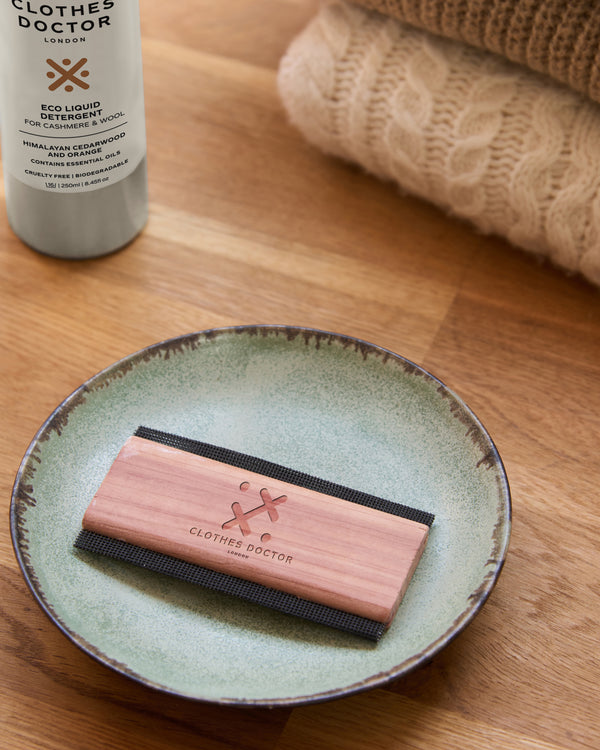Duvets are obviously a part of everyday life, you probably made your bed this morning! But have you ever had the realisation that you've gone through the year without washing it - maybe you've never washed it at all. It's an easy thing to forget about. If you've had that revelation recently, you may be wondering how to keep your duvet feeling and smelling brand new, so we’ve brought you the ultimate our tips and tricks for duvet laundry day - see, we're not just useful for clothing! Here's how to wash a duvet.
How often to wash a duvet
A duvet is used as the top layer of bedding, typically filled with down, wool or feather. It is usually worn with a cover. The layers in the duvet will trap air keeping you warm as you sleep.
Our suggestion is that you should be washing your duvet every 8 to 12 months, to prevent the build up of dead skin and dust mites, and to generally keep everything clean and fresh. Because not all duvets are the same, it is important to take a peek at the instructions on the care label, just in case.

If there are any visible dried stains from late night snacking (we've all been there) it is a good idea to pre-treat stains before washing. This may be a little more of a hands-on task than day to day stain removal, because duvets are obviously larger and thicker than other fabrics, but a little Tough Love Stain Removal goes a long way. Give it a try.
How to wash a duvet
Step 1- As aforementioned, you can remove stains using our Tough Love Stain Removal, but It's also a good time to look out for any rips or tears to ensure these don't create any larger damages during washing.
Step 2- Find the right detergent, our Signature Eco Washing Detergent will help provide a powerful clean without damaging your duvet. A fantastic all-rounder detergent, it is lightly scented, and contains optical brighteners, which will help keep white duvets shining.
Step 3- We love to advocate hand washing here at Clothes Doctor, but to wash a duvet by hand ... that's pretty much impossible. It's best to machine wash a duvet, not just because if its size, but because it will be easier to distribute the detergent amongst all the layers and wash out all the product completely. Be sure to remove the duvet cover and wash at a cool temperature, 30 degrees is recommended, you can add another rinse if you feel it is needed.
We know that not all domestic washing machines are large enough to cram a duvet into - and you definitely shouldn't be overfilling your machine. If you've got a larger duvet, or a higher tog number, it may be time to make a visit to your local laundrette, where machines tend to be bigger, so you can wash your duvet without damaging your machine at home.
Our top tip: Pop a tennis ball, or a laundry egg if you have one, in the washing machine, which will help prevent clumping and lumping inside the fabric.

How to dry a duvet
Your duvet will most likely still be quite damp coming out the washer, as there are hundreds of feathers in there that’ll need to dry.
To ensure your duvet comes out as fluffy as it went in, you’ll need to lay it flat over a drying rack or a clothesline. As it's summer, we recommend drying your duvet outside for a faster dry, and to make the most of the warmth! Leave this to dry for a couple hours, and once the majority of moisture has dried, you can put the duvet on a gentle tumble dry cycle, or just leave to air dry completely. If tumble drying, again, add your tennis ball to prevent the clumping.
To make sure the fluffiness is spread evenly, we advice giving the duvet a little fluff up, and rearrange the feathers every few hours while it's drying, just so you can get as even a dry as possible.
And there you go, you now have the complete guide- how to wash a duvet. This works for synthetic duvets too!
For more expert clothing care tips explore more of our blogs, such as our most read blog on how to mend a hole in knit fabric. For our whole range of detergents, mists, tools and accessories that are perfect for every type of fabric, explore our whole range.







